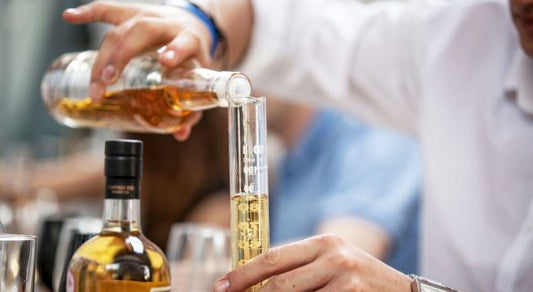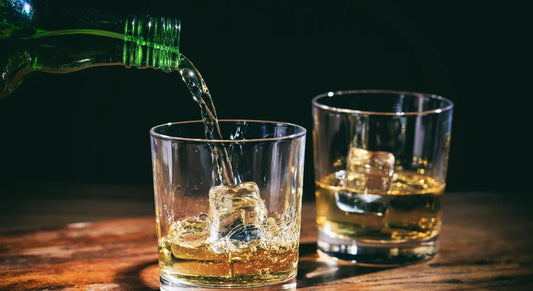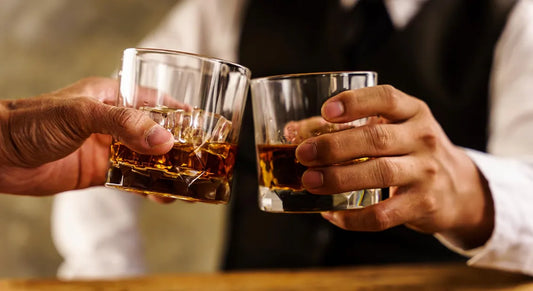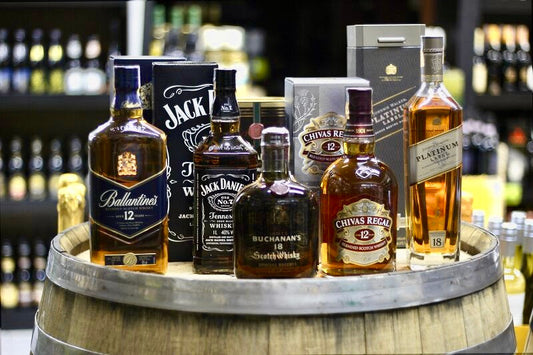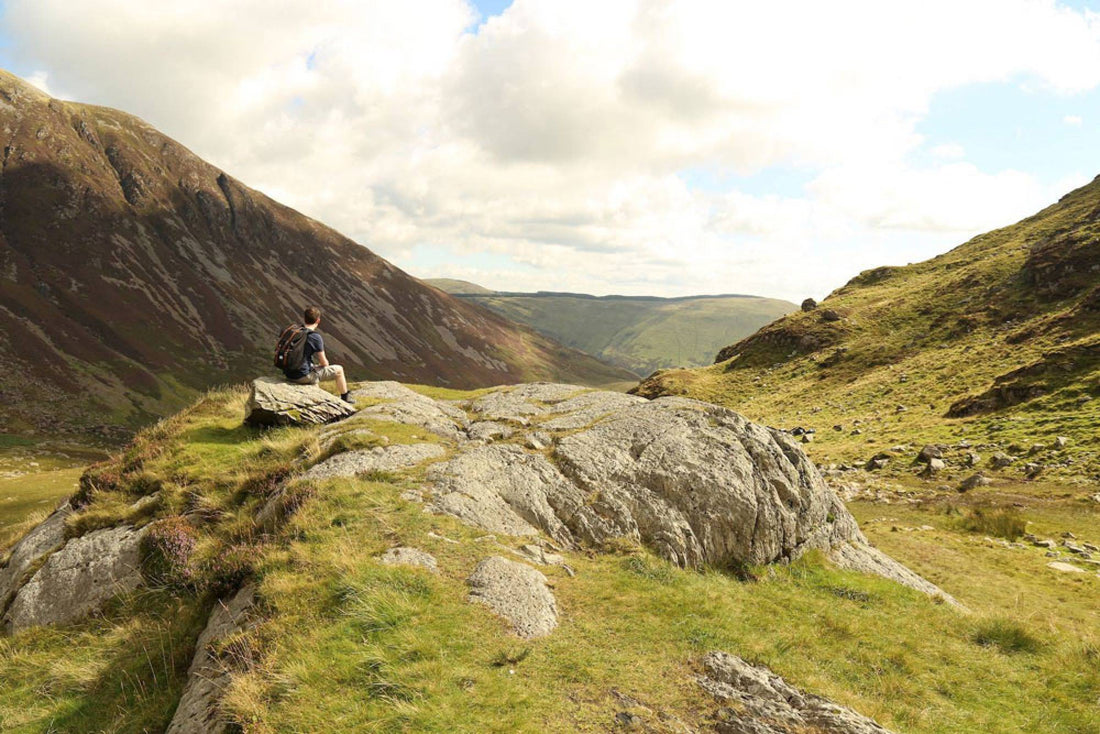
The Isle of Islay And Its History of Scotch Whisky
The First Stills on Islay
As early as the early 1500s, it’s believed that monks were distilling spirits on an island that seemed designed for such a pass time. Clear, fresh water and a seemingly endless supply of peat are still essential ingredients in whiskies produced on Islay.
Remote and populated with people reported to be wild and dangerous, Islay’s local whisky-makers managed to operate without much interference from tax collectors after a hefty Excise Tax was slapped on whisky in 1644. The oldest distillery still in operation today is the venerable Bowmore distillery, which opened in 1779. Over the years, distilleries have come and gone. The most recent distillery to begin operations on Islay is Kilchoman, which opened in 2005. Today, the island boasts only eight active distilleries and it’s in part the fact there only a few producers remain that Islay whiskies are so prized by collectors.
What’s So Special About Peat?
The process of making malt whisky is steeped in tradition. Barley is allowed to germinate under carefully controlled conditions and, at the perfect point in the process, germination is stopped. The malt (germinated grain) is then moved to a kiln where it’s dried over a fire. This is where the peat comes in. Partly decomposed and compressed vegetable matter collected from bogs smoulders when burned and the resulting smoke infuses the malt, imparting the distinctive peat aromas and flavours to Islay whisky. Love that peaty punch? Explore our Scotch whisky collection to find classic Islay bottlings and more.
Each Distillery Produces a Unique Flavour Profile
After the malt has been dried and roasted, hot water is added and the liquid that washes out of the mash is collected. Containing the sugars that cause fermentation after yeast is added, this liquid ferments and is then distilled to increase the concentration of alcohol. After several rounds of distillation, the raw whisky is aged in wooden barrels or casks. Depending on what was previously aged in those casks (bourbon, port, sherry, or red wine, for example) the whisky slowly matures and develops the complex flavour profile that makes each whisky unique. Some distilleries use more than one type of cask, further adding to the layers of flavour.
The peat, the water, and the processes used in Islay all impart a particular Islay-ness to the whiskies produced here, but just as importantly, each individual distillery may create several distinct whiskies depending on the exact combination of grains, amount of peat, choice of barrels, maturing times in each stage, and so on. One could, in fact, only ever drink Islay whiskies and never get bored!
Islay - A Wild and Wonderful Destination
Visiting Islay is a treat for anyone with a passion for whisky. Remote, wild, and beautiful, the island hosts nearly 60,000 visitors every year, many who come to visit the distilleries and sample the whiskies produced here. Islay is one of five legally protected regions in Scotland when it comes to whisky names.
With a long and fascinating history, this rugged, remote island is also a great destination for anyone who loves to dig into the past. Though it’s now Scottish, the island has long had connections with Ireland as it’s located in the border area between the Gaels and Picts (if you do visit, check out the 2.7m high Gaelic cross that dates back to 800 AD). The Norse ruled the island for a time when Islay was part of the Kingdom of the Isles. The Scots officially took over in the middle of the 1400s.
The history of Scotch whisky is everywhere. With 20 distilleries no longer in operation here, several have fallen into ruin. With the interest in fine whisky growing around the world and more local distilleries creating single malt offerings in small batches, the Island of Whisky looks to have a promising future.
While on Islay, Don’t Miss the Birds!
Visitors might also enjoy some birdwatching (with more than a hundred species in residence year-round, you won’t go long without spotting something of interest including hen harriers, oystercatchers, northern gannets and puffins). Though not large (only 25 miles long), Islay includes a number of distinct habitats including woodlands, cliffs, beaches, mudflats and moorlands, each home to different bird species.
Whisky Loot and a Taste of Islay
If you can’t get all the way to Islay to sample the offerings, why not sign up for a liquor Loot subscription? Every month we’ll send you samples of some of the world’s finest whiskies, including occasional offerings from the famous distilleries of Islay. Close your eyes and inhale the aroma and you’ll catch the scent of salt spray and peat that have made the whiskies of this small Scottish island so famous.
